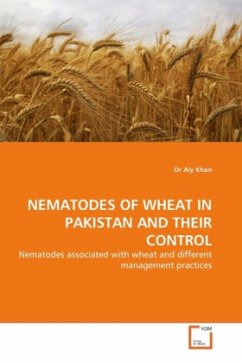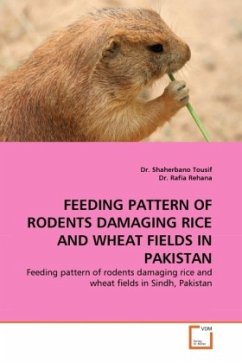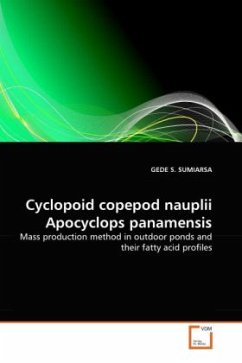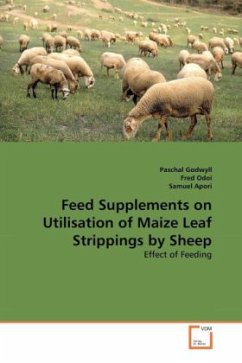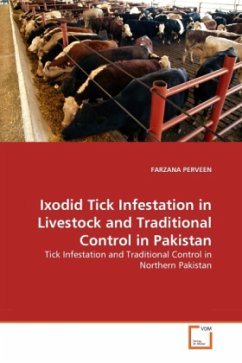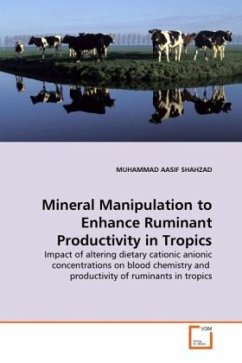
Drought Tolerance in Durum Wheat
Morphological and Physiological Attributes Associated to Drought Tolerance of Durum Wheat Genotypes under Water Deficit Conditions
Versandkostenfrei!
Versandfertig in 6-10 Tagen
39,99 €
inkl. MwSt.

PAYBACK Punkte
20 °P sammeln!
Climate change could have a dramatic impact on the wheat crop, which supplies 21% of the world's food calories and covers 240 million hectares of farmland worldwide. Climate change induced temperature increases and annual rainfall decrease are estimated to reduce wheat production in developing countries. Making genetic gains in yields of wheat under rainfed conditions has always been a difficult challenge for plant breeders. Understanding the effect of water stress on physiological and morphological traits becomes the essential step in the development of higher-yielding and more stable cultiva...
Climate change could have a dramatic impact on the wheat crop, which supplies 21% of the world's food calories and covers 240 million hectares of farmland worldwide. Climate change induced temperature increases and annual rainfall decrease are estimated to reduce wheat production in developing countries. Making genetic gains in yields of wheat under rainfed conditions has always been a difficult challenge for plant breeders. Understanding the effect of water stress on physiological and morphological traits becomes the essential step in the development of higher-yielding and more stable cultivars in water-limited environments. The authors examine different morphological and physiological attributes that confer drought tolerance in durum wheat under water deficit conditions. The result indicates that there are potential to improve durum wheat production in water-limited environments. These can be achieved by integrating morphological and physiological traits as indirect selection in conjunction with other yield components. It is believed that this information will be valuable as guidance for future research in water-limited environments




